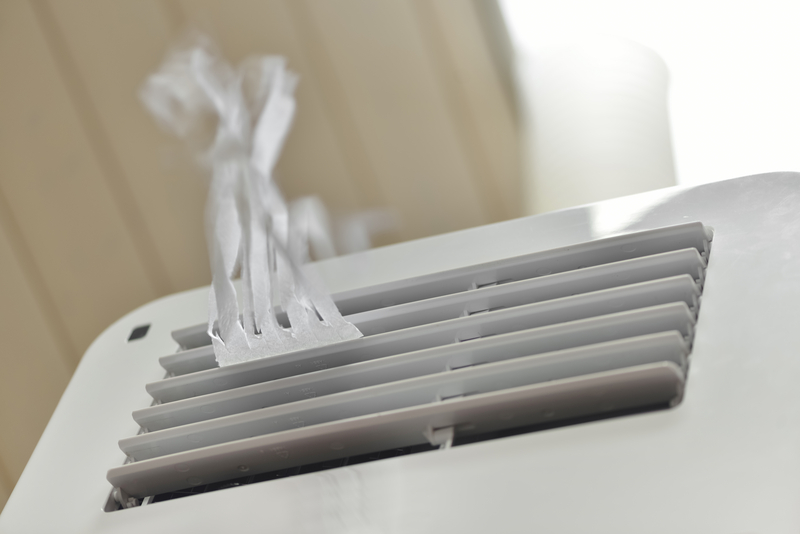It is at this time of year that I give thanks to the inventor of the air conditioner. Maybe it is because I grew up in a dry climate. After over ten years of living by the ocean in Mexico, I still cannot grow accustomed to the humidity. For those unfamiliar, here is a bit of history on this clever appliance.
It seems that from the dawn of time, mankind has always wanted to stay cool. Archeologists have evidence that snow and ice were used for cooling even in prehistoric times.
The concept of air conditioning is often credited back to the times of ancient Egypt. To escape the excessive heat, they would hang reeds in windows that were moistened with water. The water on the reeds would evaporate, and the cool air would then blow through the window.
We also know that in the 2nd century, a rotary fan was invented and used for air conditioning in China. This fan had seven wheels that were 10 feet in diameter and was powered by prisoners.
In the latter half of the 1600s, we started cutting blocks of ice and storing it for use to cool things down in the summer. In that same period, a Dutch inventor named Cornelis Drebbel created and demonstrated a contraption for the King of England that used salt added to water. This was another early form of what we know today as air conditioning.
Although there were many enhancements over the subsequent 200 years, the first mechanical cooling device, as we know of it today, was envisioned and built in Buffalo, New York, in 1902. American inventor Willis H. Carrier wanted to regulate the temperature in a printing plant. With a more controlled temperature, the company could better maintain the ink’s alignment and keep the paper dimensions consistent. Carrier took the idea of steam heating and reversed the process. Instead of sending air through hot coils, he filled the coils with cold water. This cooled the temperature. Not only did his invention succeed in controlling the temperature, but productivity also increased. His device was referred to as a water conditioner.
The term “air conditioning” is credited to an American by the name of Stuart W. Cramer. He filed a patent claim using these words to describe his invention. Building on the concept of the water conditioner, his design focused on adding moisture to the air. His goal was to change the air in factories, controlling the temperature and the humidity. He considered this conditioning or changing the air properties. Hence the term “air conditioner.” Interestingly, Willis Carrier took these two words, incorporated them, and began using it in his company’s name.
The first home in North American to have air conditioning was in Minneapolis in 1914, owned by Charles Gates. David St. Pierre DuBose, a visionary electrical engineer, installed a network of ducts and vents for his home shortly after that. This is considered the first home with central air conditioning.

The portable, in-window air conditioner came along in 1945, invented by Robert Sherman of Massachusetts. His invention could cool and humidify, as well as heat, dehumidify and filter the air.
With mass-manufacturing, box air conditioning units reduced in price, making it more affordable for the average home to add this luxury feature. By 1970, it was unusual to see a newly built home in North America without central air. Today, we are blessed with this amazing invention that allows us to live a lot more comfortably in hot, humid climates like Puerto Vallarta.
Next week: Over 100 million homes in North America have air conditioning, but how do we know which is the best model for our home in Mexico?
Do you need a new air conditioner or want to get yours serviced and cleaned to run correctly and keep you healthy? Contact me at furniture@solutionsmexico.com or join our Facebook Group: Furniture and Décor Mexico.

